Theodate Pope, Trailblazing Architect
Mar 2, 2021
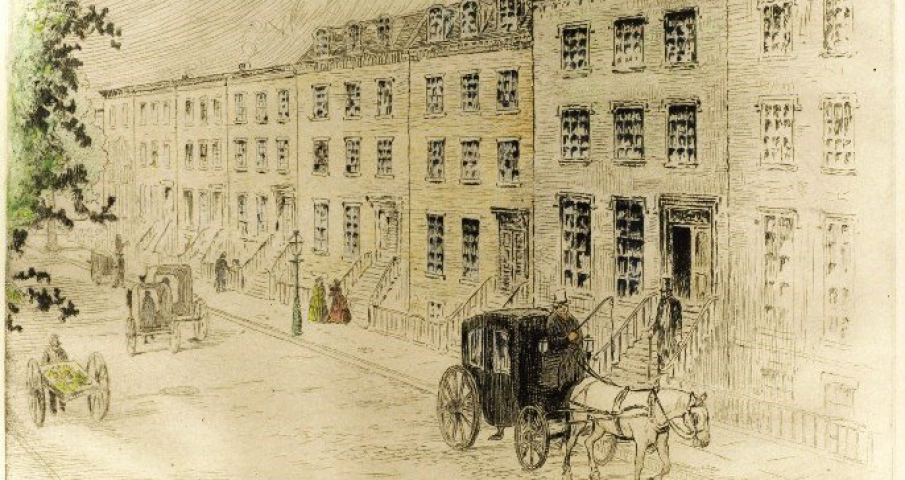
To mark the 40th anniversary of the origins of Women’s History Month, the Flatiron Partnership looks at Theodate Pope and her restoration of one of the neighborhood’s most notable properties of the 20th century. Pope was New York’s first licensed woman architect and received the commission to renovate the brownstone that was the birthplace of Theodore Roosevelt at 28 East 20th Street, between Broadway and Park Avenue South.
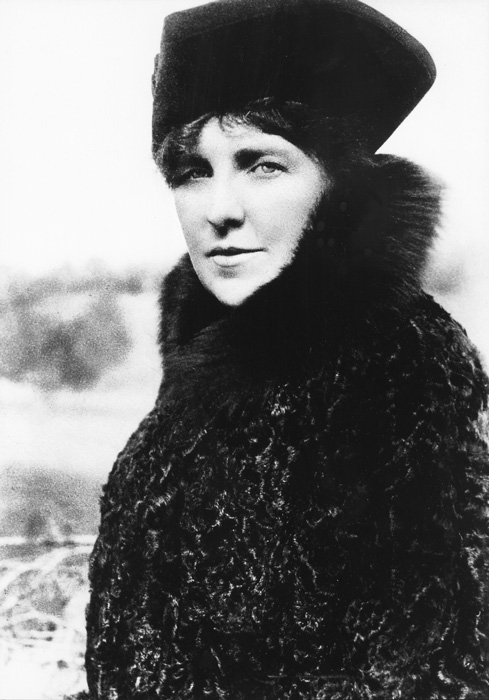
(Photo Credit: 6sqft)
Born in Salem, Ohio on February 2, 1867 to Alfred Pope, an industrialist, and his wife Ada, a homemaker, Effie Pope was the couple’s only child. The Popes lived a life of privilege in nearby Cleveland. When Pope attended one of the area’s private girls’ schools, her classmates included the daughters of Presidents James Garfield and Rutherford Hayes. In 1886, Pope then left Cleveland to continue her education at Miss Porter’s School in Farmington, Connecticut. Around this time, she also changed her given name to Theodate to honor her paternal grandmother.
When the family took a 10-month European tour beginning in 1888, the trip sparked a life-changing passion in Pope. She became “enchanted by the beauty of the English countryside, the Cotswold vernacular, and Tudor styles,” notes hillstead.org. In her diary, Pope wrote that she was “quite interested in Papa’s suggestion of my studying architecture. My interest in architecture has lasted perhaps two weeks (may it last as much longer). I mean to read up on the subject.” Reportedly, she soon decided to “be an architect, not a debutante.”
Pope studied with tutors from Princeton University, where women were not allowed to enroll in classes at that time. She then accepted an apprenticeship at McKim, Mead, & White in the 1890s. The architectural firm’s achievements included the second design of Madison Square Garden, then located at 26th Street and Madison Avenue. Previously, Pope and the company had served as design collaborators on her parents’ Farmington estate known as Hill-Stead. Her work there, however, would receive memorable recognition from someone who later played a considerable role in Pope’s career. On a visit to the residence in 1911, Theodore Roosevelt reportedly said that the property was “the ideal of what an American country home should be.”

(Photo Credit: Hill-Stead Museum)
By 1916, Pope had become a licensed architect in a male-dominated profession where she had encountered obstacles. “Early in her career Theodate Pope submitted a photograph of herself for inclusion in a publication on prominent architects and their work,” according to connecticuthistory.org. “When the publication’s editors saw the photograph and realized that she was a woman, they opted not to include her in the book.” Pope’s perseverance for her craft, however, led her to an architectural assignment that would become history in the making.
In 1920, the Women’s Roosevelt Memorial Association commissioned Pope to reconstruct Theodore’s childhood home on East 20th Street. It was the 1848 brownstone where the former President had been born on October 27, 1858 and lived until the age of 14. But by 1916, the property had been demolished to make way for a two-story café. When Roosevelt died on January 6, 1919, the Association decided to pay off the $25,043.63 mortgage that covered the brownstone’s location, as well as the adjoining building owned by Theodore’s uncle, Robert.
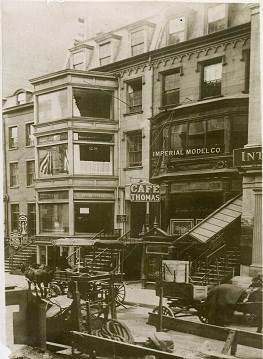
(Photo Credit: National Park Services)
“This transaction completed the first step in a long process of restoring and renovating the late President’s childhood home into a memorial,” notes nps.gov. “The Women’s Roosevelt Memorial Association wanted to transform the buildings into more than just museums, they wanted to create an interactive experience to promote the principles that helped shape Theodore’s strong character.” And, according to Real Estate Record and Builders Guide on August 21, 1920, “to make the plans of the restoration more certain, Mrs. [Anna Roosevelt] Cowles, the oldest sister of the Colonel [Theodore Roosevelt], was consulted and looked over the plans very carefully until they coincided with the memory of the old house.”
The property’s restoration blueprint contained specifications right down to the smallest details. “It was to be complete with family portraits, original furniture, and other Roosevelt heirlooms,” writes nps.gov. “Any original pieces that could not be salvaged were to be reproduced exactly. The 26 East 20th Street home would be renovated into a museum and a library, holding influential works, in addition Theodore’s own writings. The fourth and fifth floors of both buildings would hold auditoriums where New York school children could attend assemblies on the history of the country and the state, as well as the life and work of Theodore Roosevelt.”
On January 6, 1921, the second anniversary of Theodore’s death, construction on the property got underway. It included the addition of a porch with a 7-foot tall railing “as it was when Roosevelt spent his boyhood days there trying to gain his health,” wrote Real Estate Record and Builders Guide. The publication also reported that the auditorium would seat 250, and be “complete with stage, dressing rooms, moving picture booths, storage room and complete serving pantry, which will be used when banquets are held.” Pope’s work received much praise. According to The New York Times on December 18, 2005, “Without salvaging any of the woodwork or floors, she erected on the site of 28 East 20th as near a replica as she could build.”
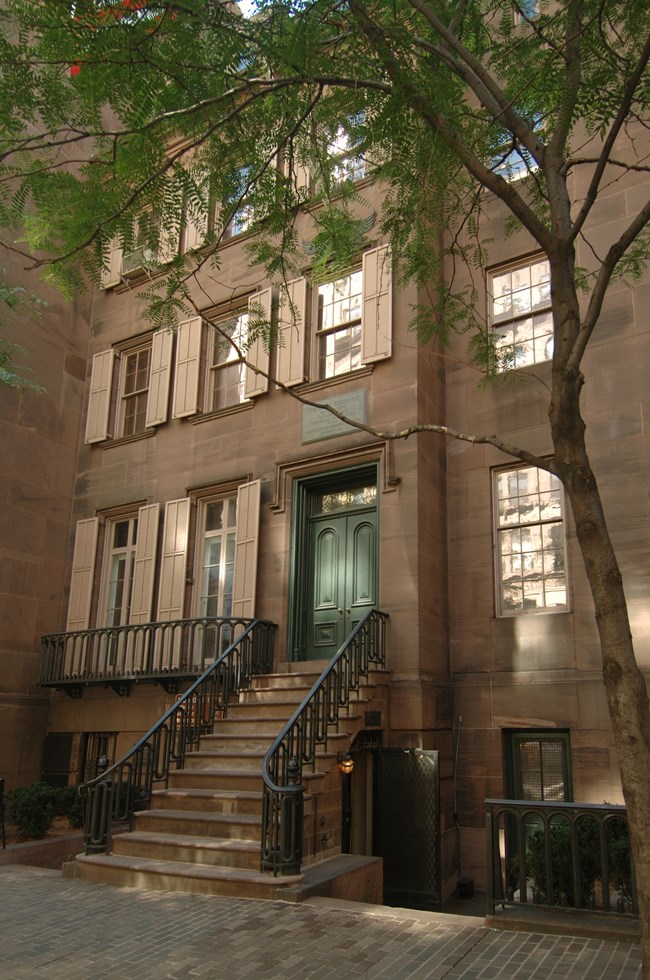
(Photo Credit: 6sqft)
Then, in 1923 on what would have been the former President’s 65th birthday, the Roosevelt home reopened as a memorial and museum after a reported $1.2 million construction cost. Nearly four decades later, Pope’s project was designated a national historic site when President John F. Kennedy, who described the property as “priceless,” signed a bill on July 26, 1962. The brownstone would now be maintained by the National Park Service and officially known as the Theodore Roosevelt Birthplace National Historic Site. Subsequently, on March 15, 1966, the building was proclaimed a landmark by New York City’s Landmarks Preservation Commission.
The Commission cited particular aspects of the Gothic Revival-style property. “An unusual note of elegance is shown in the drawing room windows at first floor level, which are full length and open upon a handsome cast-iron balcony,” according to the organization’s report. “Wing-walls were added at each end where the adjoining buildings project forward, thus helping to retain the brownstone character of the two houses which were preserved.” The Commission concluded that “on the basis of a careful consideration of the history, the architecture and other features of this building, the Landmarks Preservation Commission finds that the Theodore Roosevelt House has a special character, special historical and anesthetic interest and value as part of the development, heritage and cultural characteristics of New York City.”
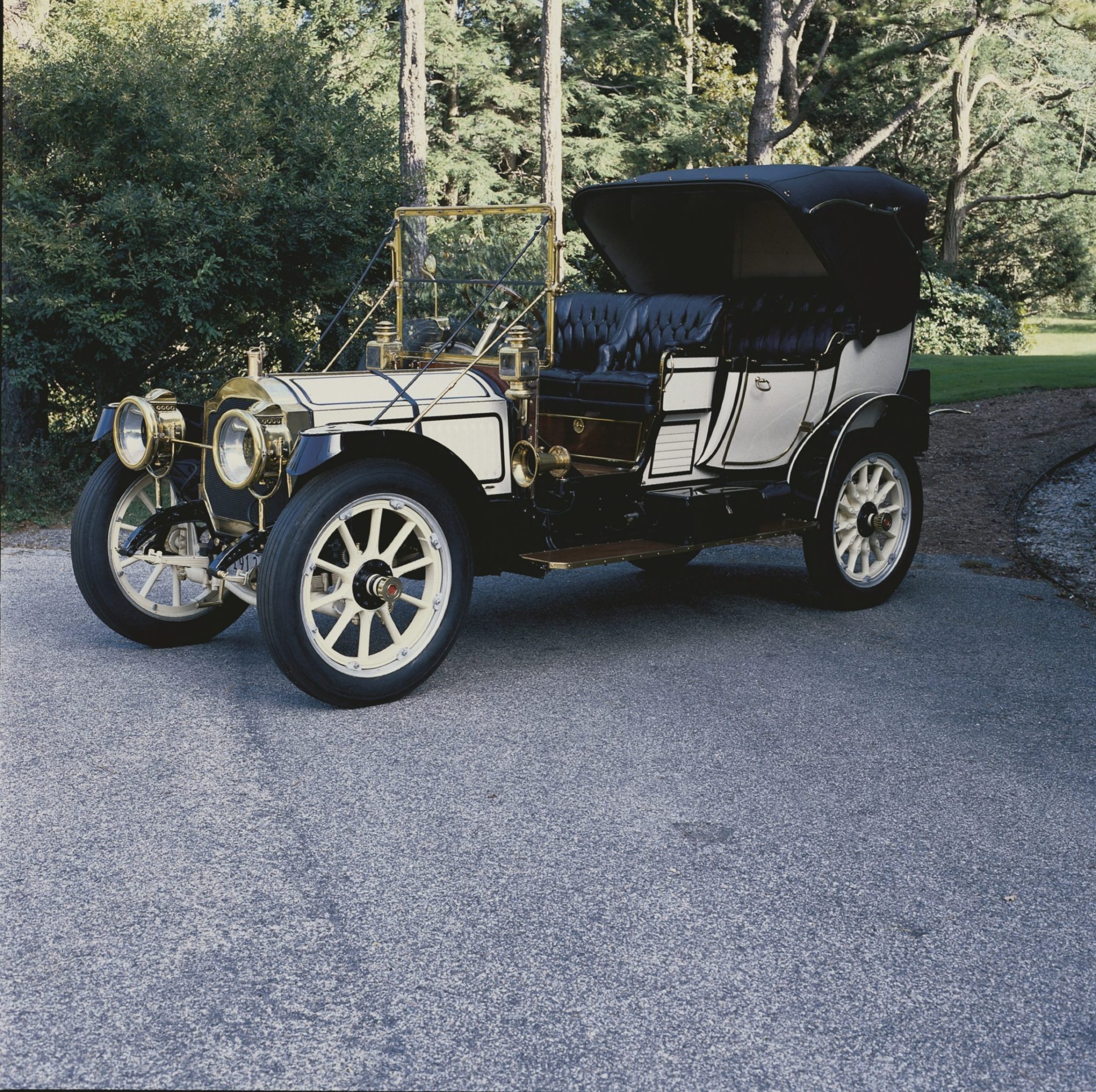
(Photo Credit: Heritage Museum and Gardens)
Restoration of the Roosevelt brownstone was not the only major milestone in Pope’s life. She had also designed homes and schools primarily in Connecticut, such as Avon Old Fams, a boys’ prep school. In 1916, Pope married John Wallace Riddle, a diplomat who served as ambassador to Russia during Theodore Roosevelt’s administration. And, for her entire life, Pope was the proud owner of a 1912 Packard Victoria, which was her first car and a gift from her parents.
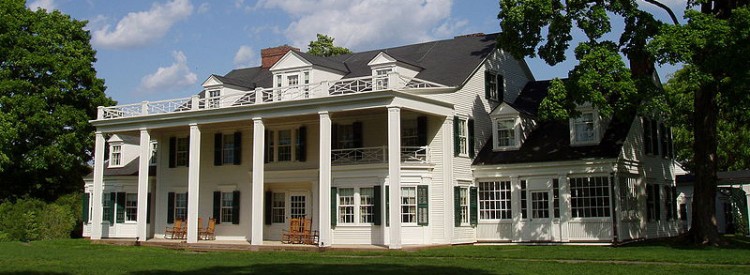
(Photo Credit: 6sqft)
Pope died at her home at Hill-Stead in Farmington on August 30, 1946. She was 79 years old. “Theodate Pope’s biography and lack of formal training do not fit easily into the traditional pattern of the professional architect of the early twentieth century,” wrote architectural historian James O’Gorman about Pope’s legacy in Hill-Stead: The Country Place of Theodate Pope Riddle. “That makes her achievement all the more noteworthy and nonetheless real. Many an architect has had to wait for years of experience to accomplish work of the personality, quality, and importance that she saw rise from her ideas on the knoll at Farmington.”
Header Photo Credit: National Park Services, Sketch Rendering of 28 East 20th Street,
Thumbnail Photo Credit: Connecticut Women’s Hall of Fame







